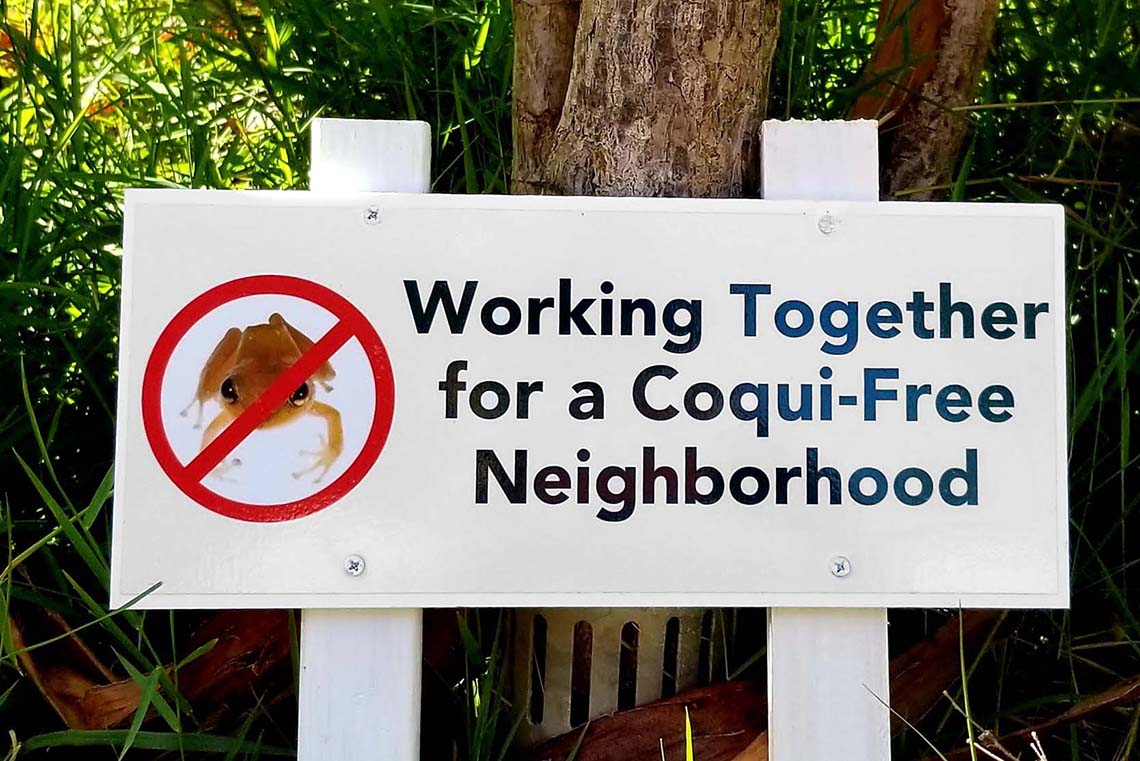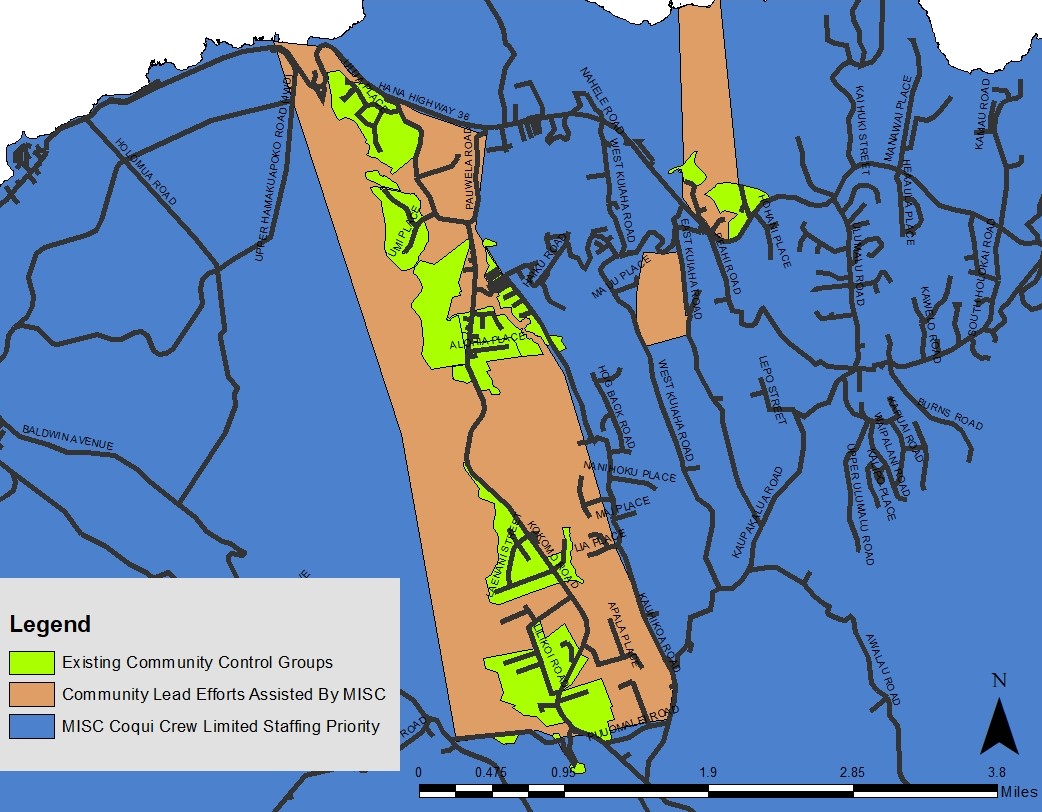Coqui are primarily limited to a six-square mile area of Haʻikū and we are not giving up. Our goal is to empower communities to manage coqui locally and prevent new populations from spreading.
With your support, we can make a difference. Mahalo nui loa for your kōkua and patience as we navigate these challenges. Together, we can continue protecting Maui from invasive species.


